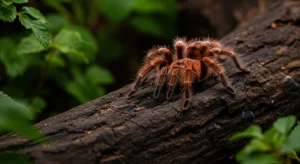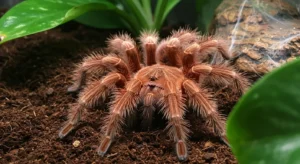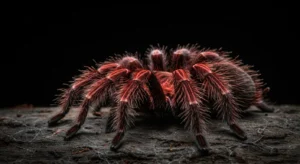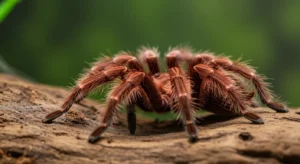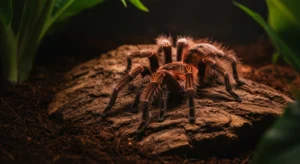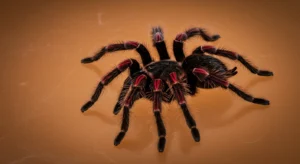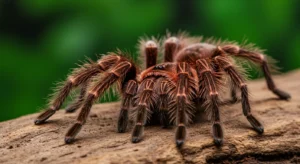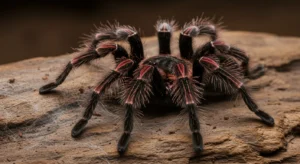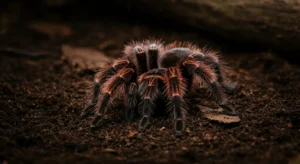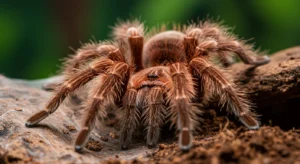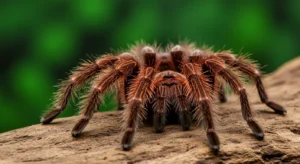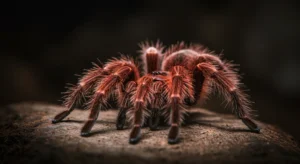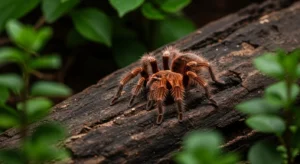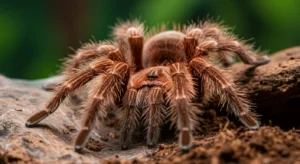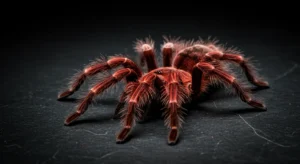Natural Predators of Chilean Rose Tarantulas and How They Protect Themselves
Introduction: Vulnerability in the Wild
In their natural habitat across the arid landscapes of Chile, Bolivia, and Argentina, the Chilean Rose Tarantula (Grammostola rosea) is not an apex predator. Despite their fearsome appearance to some humans, they face numerous threats from other animals. Understanding their natural predators and the sophisticated defense mechanisms they employ provides valuable insight into their behavior and ecological role.
Common Natural Predators
Chilean Rose Tarantulas are prey for a variety of animals that share their habitat:
- Birds: Larger birds of prey (hawks, owls) and ground-dwelling birds may spot and attack tarantulas, especially when they are exposed during nighttime activity.
- Mammals: Coatis, skunks, foxes, and other opportunistic mammals may dig up burrows or prey on wandering tarantulas.
- Reptiles: Larger lizards and some snakes are known predators of tarantulas.
- Other Arthropods: Certain large centipedes, scorpions, and especially specialized parasitic wasps (like Tarantula Hawks) pose significant threats. Tarantula Hawks paralyze tarantulas and lay eggs on them, with the larvae consuming the spider.
- Other Tarantulas: Cannibalism can occur, especially if resources are scarce or during encounters between different-sized individuals.
Recognizing the diversity of tarantula natural enemies highlights their vulnerability.
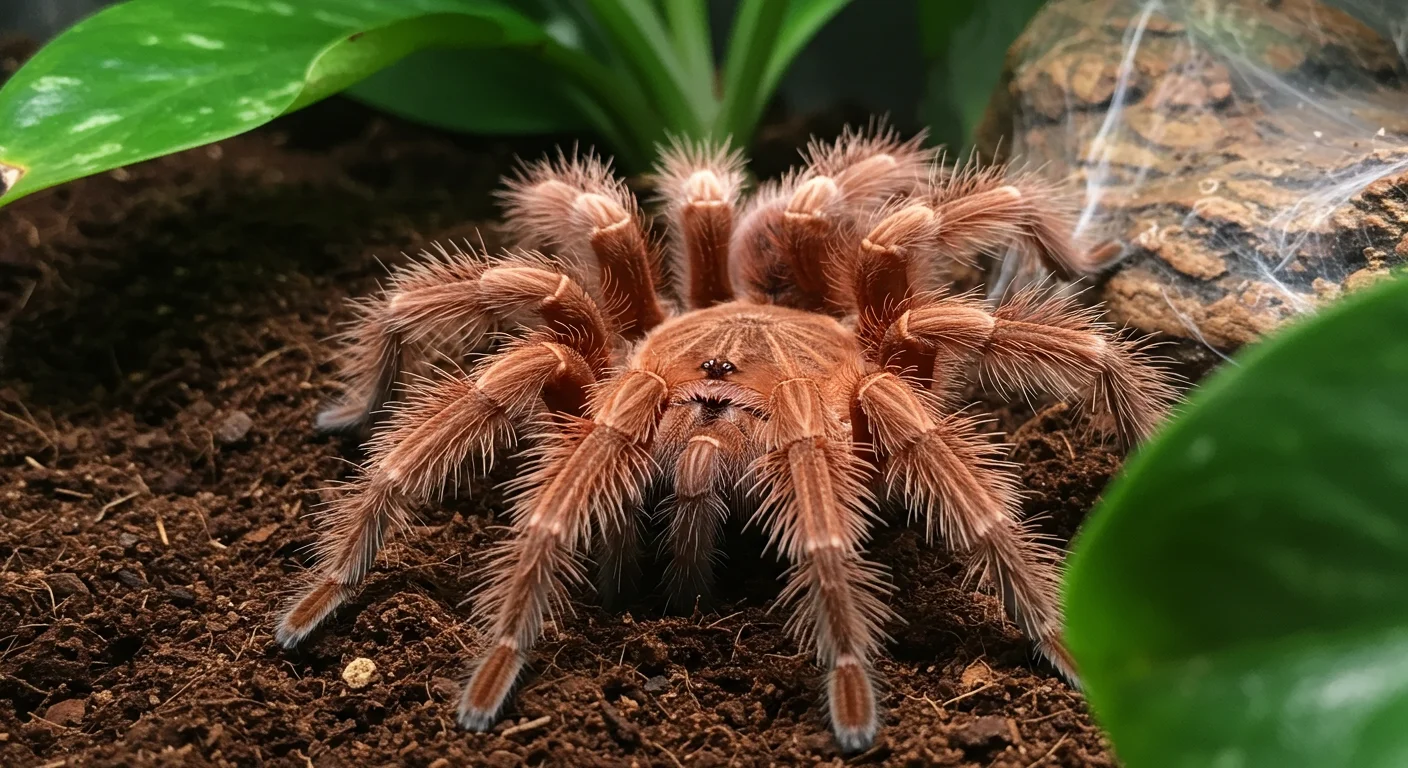
Primary Defense Mechanisms
Chilean Roses rely heavily on passive and non-confrontational defenses:
- Camouflage: Their earthy brown and tan coloration helps them blend into the dry substrate and leaf litter of their environment, making them harder for visual predators to spot.
- Burrowing/Hiding: Spending daylight hours and periods of inactivity hidden in burrows or under rocks/logs provides significant protection from many predators.
- Nocturnal Activity: Being most active during dusk and night helps them avoid diurnal predators like many birds and lizards.
Secondary Defenses
When detected or confronted, they employ active defenses:
- Urticating Hairs: This is a key defense for New World tarantulas like G. rosea. By kicking the barbed hairs from their abdomen, they create a cloud of irritants that can deter mammals and other vertebrates by causing intense itching, potential blindness if reaching the eyes, and respiratory distress if inhaled.
- Fleeing: If possible, their first reaction upon sensing danger is often to rapidly retreat to their burrow or nearest cover.
- Threat Posture: If cornered, they rear up on their hind legs, raise their front legs, and expose their fangs. This makes them appear larger and more dangerous, potentially intimidating a predator into backing off.
- Biting: As a last resort, they will bite. While their venom is mild and primarily effective against invertebrate prey, the mechanical puncture from their large fangs can be painful and serve as a deterrent.
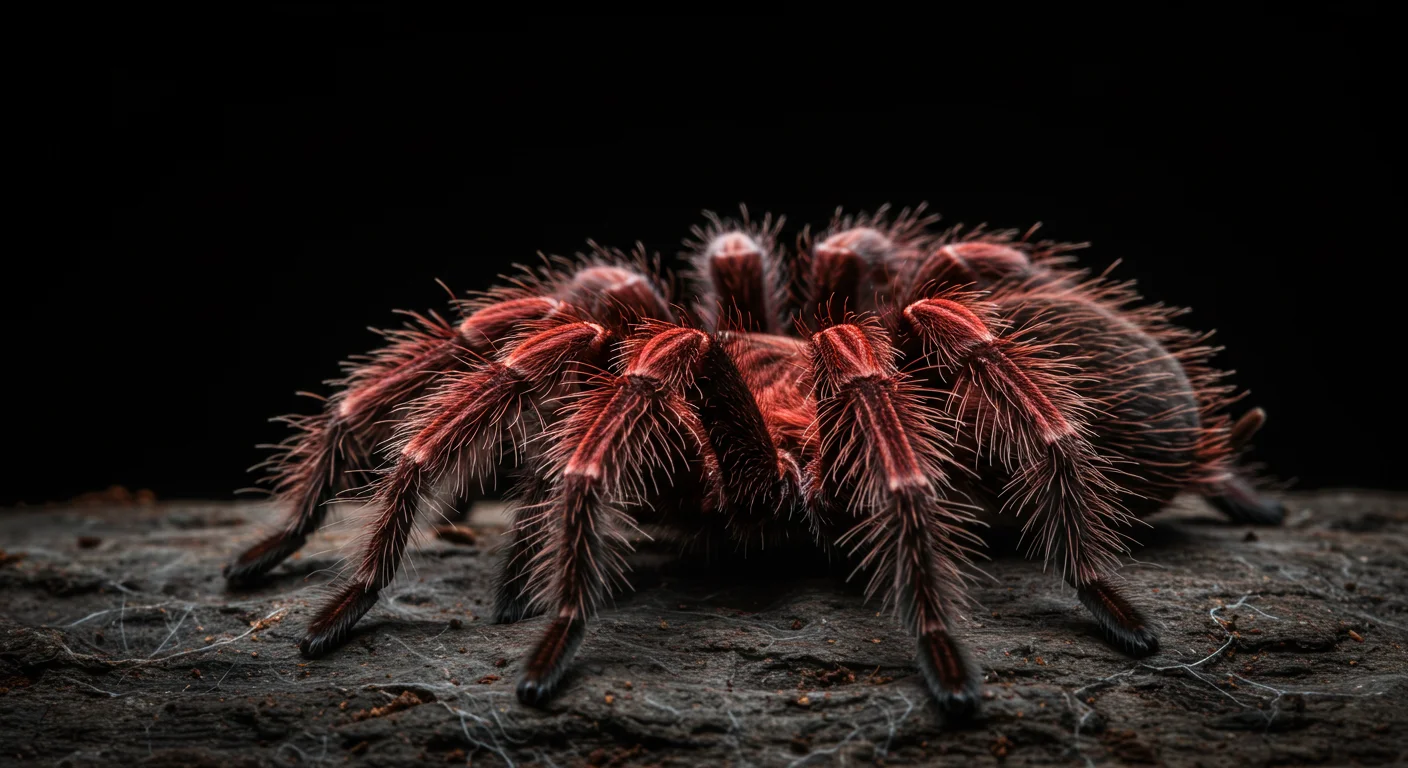
Escape and Avoidance
Their sensitive hairs detect minute vibrations and air currents, giving them early warnings of approaching danger and allowing them to rely primarily on avoidance and escape rather than confrontation. Their relatively slow pace compared to some predators makes early detection crucial.
Human Impact as a Threat
While not a “natural” predator in the ecological sense, humans pose threats through habitat destruction, collection for the pet trade (though many are captive-bred now), and direct killing due to fear or misunderstanding.
In captivity, the primary “predator” risk comes from other household pets (cats, dogs) if enclosures are not secure, emphasizing the need for responsible husbandry.
Conclusion: A Resilient Survivor
Despite facing numerous natural predators, from birds and mammals to specialized parasitic wasps, the Chilean Rose Tarantula employs a multi-layered defense strategy. Combining camouflage, hiding behaviors, sensitive threat detection, irritating urticating hairs, threat displays, and a final-resort bite allows them to survive and thrive in their challenging natural environment. Understanding these predator-prey dynamics gives us a greater appreciation for the behaviors we observe even in captivity.
Information on Tarantula Hawks sourced from Wikipedia contributors, “Tarantula hawk,” Wikipedia, The Free Encyclopedia, (accessed [Current Date]).
